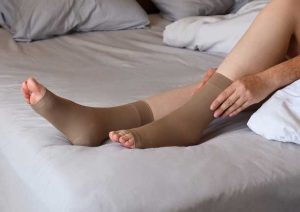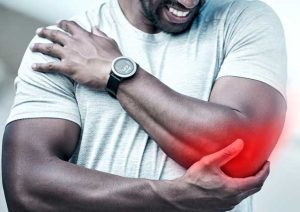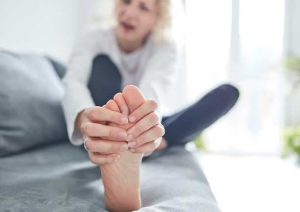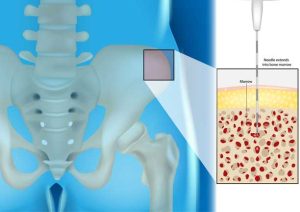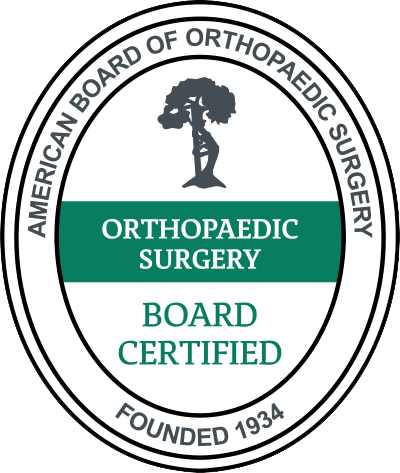
Arthritis vs. Osteoarthritis: What You Need to Know
Arthritis and osteoarthritis are often used interchangeably but are distinct conditions with different causes, symptoms, and treatments. Understanding the nuances of each helps you better manage your joint health.Arthritis, a comprehensive term, encompasses a spectrum of conditions characterized by inflammation of the joints. There are over 100 types of arthritis, including osteoarthritis, rheumatoid arthritis, and psoriatic arthritis, among others. The common denominator among these inflammatory conditions is joint pain, stiffness, swelling, and decreased range of motion.Osteoarthritis is the most prevalent form of arthritis and typically develops with age or as a result of joint injury or obesity. It occurs when the protective cartilage that cushions the ends of bones wears down over time, leading to bone-on-bone contact, inflammation, and pain. Osteoarthritis commonly affects weight-bearing joints like the knees, hips, and spine.Distinguishing between arthritis and osteoarthritis is crucial for accurate diagnosis and effective treatment. While arthritis encompasses a broad spectrum of joint disorders, osteoarthritis specifically refers to the degenerative wear-and-tear of cartilage.Treatment approaches for arthritis and osteoarthritis vary depending on the underlying cause and severity of symptoms. Non-surgical interventions such as lifestyle modifications, physical therapy, medications, and injections may provide relief for mild to moderate cases. However, in severe or advanced osteoarthritis cases where conservative measures fail to alleviate symptoms, surgical options like joint replacement surgery may be considered to restore mobility and quality of life.At OrthoConnecticut, our team of orthopedic specialists is dedicated to diagnosing and treating arthritis and osteoarthritis with personalized care plans tailored to each patient’s unique needs. Whether you’re experiencing joint pain, stiffness, or swelling, we’re here to help you find relief and regain function.If you’re struggling with joint pain or suspect you may have arthritis or osteoarthritis, don’t hesitate to contact us. Schedule a consultation with one of our experienced orthopedic providers to explore your treatment options and take













